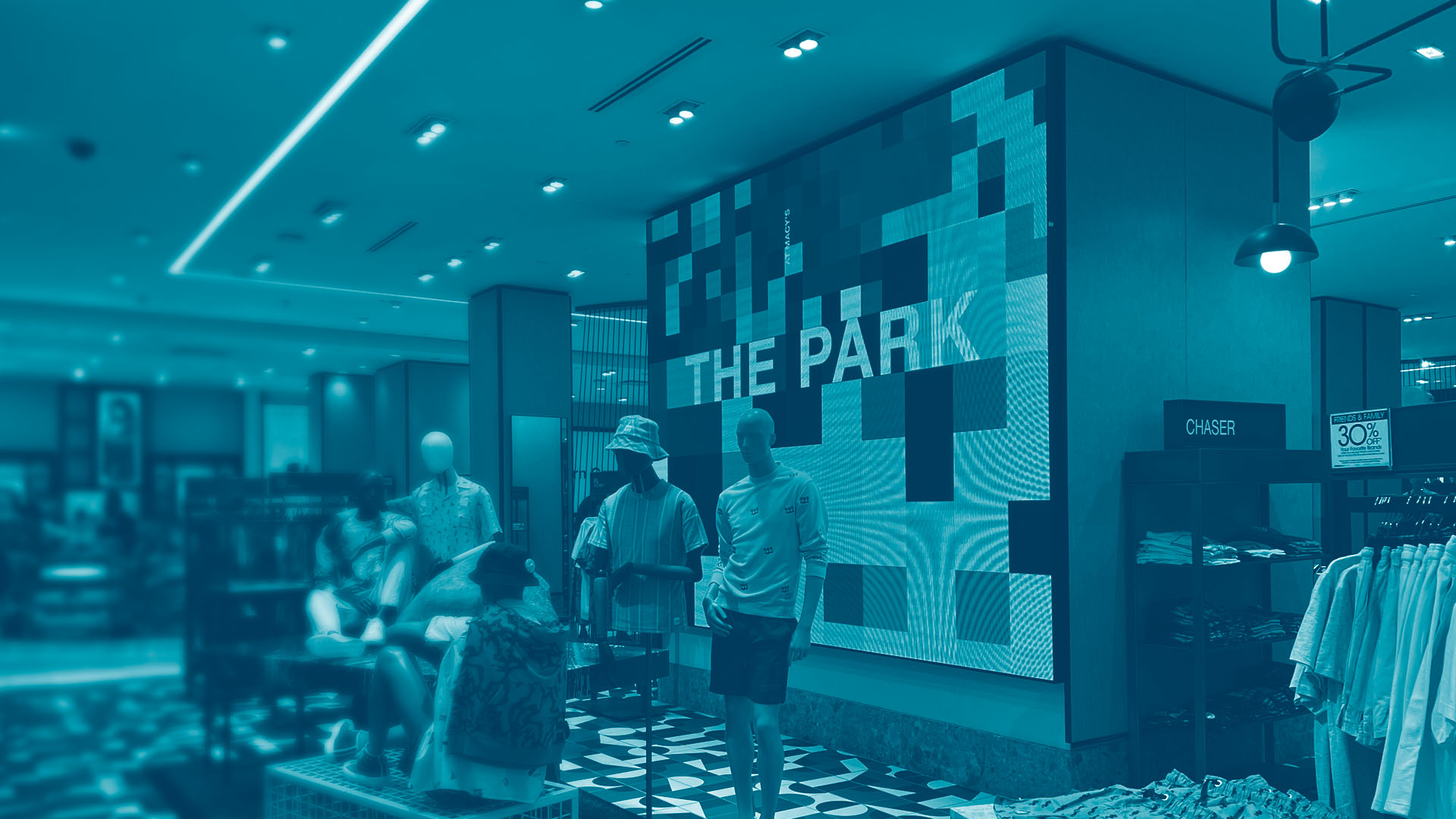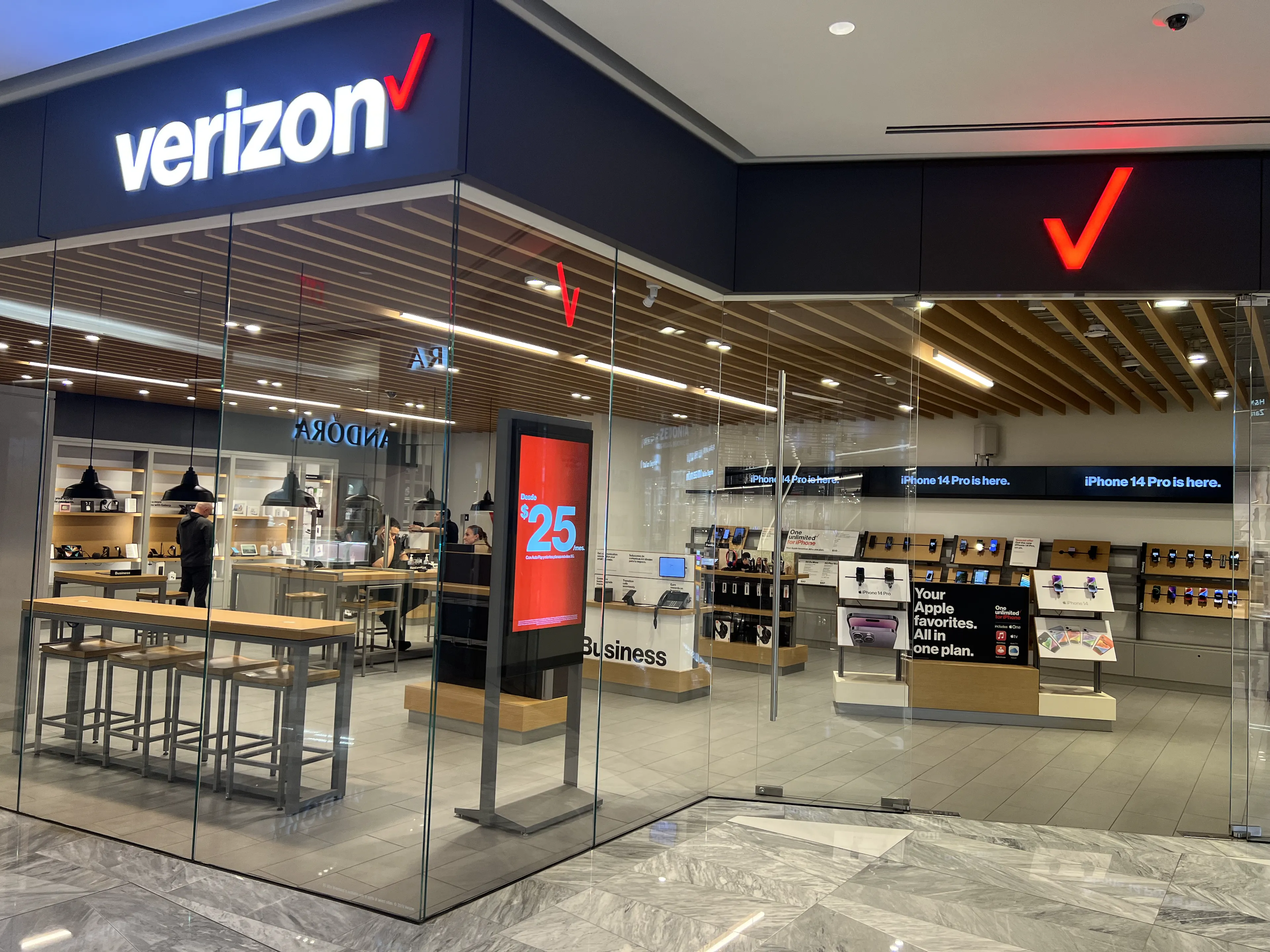Empowering Retail Media Networks with the Right Tech Stack
What once was a basic, analog and transaction-based system at brick-and-mortar stores has evolved into a dynamic, digital-first experience. From the moment a consumer sees a targeted ad on social media to their interaction with digital displays in-store, modern retail is one of the primary scenes of the digital revolution.
But how do retailers deliver these seamless, personalized, measured experiences across multiple platforms and touchpoints? The answer lies in Retail Media Networks (RMNs) that are powered by a strong technology stack.
Retail as a reflection of society’s digital evolution
RMNs reflect a broader shift in society’s use of digital technologies. We live in a world driven by personalization, where consumers expect tailored interactions on any device. Streaming services serve up recommended content based on past viewing habits, social media algorithms filter posts to suit our interests, and even search engines know what we want before we finish typing.
RMNs capitalize on this societal shift by bringing that level of responsiveness and customization into the way brands interact with consumers, especially on-premise in physical retail spaces. The traditional in-store shopping experience is now augmented by technology that provides “micro-moment”, hyper-contextual messaging and personalized promotions. RMNs are an extension of the societal demand for real-time information and experiences crafted uniquely for each consumer.
The power behind the display: the tech stack
While customers see these personalized experiences through digital signage displays and tailored offers, what they don’t see is the complex tech stack working behind the scenes to deliver them, beginning with CMS platforms, augmented with integrative software that can programmatically schedule advertising similar to an Internet/Mobile media buy. It’s a bit like a theater production: the audience sees the performance, but backstage there’s a whole system of lighting, sound, and set changes all working together to create the show. In retail, the tech stack is what makes these seamless interactions possible – it’s what gives customers an engaging and immersive experience. It allows retailers to deliver the right combination and blend of advertising and content tailored to the audience, based on various data sets from daypart traffic to point of sale transactions. And moreover, it ensures the right message is delivered at the right time and right place on the journey to optimize and maximize shopper behavior.
At the core of RMNs are several critical components that work in conjunction with CMS Platforms that run digital signage. Demand-Side Platforms (DSPs) allow retailers to buy ad inventory programmatically, targeting the right customers at the right time. Supply-Side Platforms (SSPs) help retailers, or publishers, manage and sell their advertising inventory. Data management platforms (DMPs) and customer data platforms (CDPs) store and analyze consumer behavior, helping retailers understand who their customers are, what motivates them, and what they want. When these systems are integrated properly, they create a smooth flow of information that delivers the right message at the right moment.
This behind-the-scenes infrastructure ensures that the experience feels seamless to the customer. It’s what allows a shopper to receive a notification about a special offer while they’re browsing a store aisle or see personalized recommendations on a digital display as they walk past.

RMNs in the real-world
One of the best examples of how RMNs can transform retail is the way Walmart has embraced this approach. Walmart has turned its stores into media networks, generating new revenue streams and offering shoppers hyper-relevant content. Customer data is used to deliver personalized ads to shoppers both online and in-store, offering promotions and specials that feel curated to each individual.
The strategy echoes what large tech companies have been doing for years: using user data to refine and improve services. Just as Facebook and Google use algorithms to tailor ads to users' interests, Walmart is using RMNs to refine the in-store experience, ensuring that every customer feels catered to.
Challenges and misunderstandings: the path to digital maturity
Despite the clear advantages of RMNs, there are still misconceptions surrounding their implementation. Many small and mid-sized retailers believe that only the largest chains can benefit from this technology. Others fear the complexity and cost of building a comprehensive tech stack. But like the way we gradually adopt new technologies in our personal lives, like setting up smart home devices step by step, retailers can implement RMNs incrementally, leveraging existing assets and resources along the way.
Retailers don’t need to build an entirely new system from scratch. They can start small by integrating a few core technologies such as DSPs and DMPs and gradually expand as they become more comfortable with the technology. Even smaller retailers can find ways to incorporate the power of RMNs to enrich customer experiences and ultimately drive revenue.
The future of retail: a convergence of tech and human touch
RMNs will expand and evolve along with other powerful technologies like AI and computer vision. AI will enable RMNs to anticipate customer needs more accurately, and computer vision can track customer movements in-store, helping retailers optimize store layouts and improve product placement in real time.
This convergence of technology and human experience is paving the way for a future where shopping is more than just a transaction – it’s a personalized journey. Imagine walking into a store where the lighting adjusts to your preferences, digital displays show you products you’ve been eyeing online, and your phone offers a discount on an item you’ve previously considered. RMNs, powered by a well-built tech stack, are creating this future today.
Empowerment through innovation
Empowering RMNs is about more than just technology—it’s about using that technology to create meaningful connections between brands and consumers. As society continues to evolve, so too must retail, and RMNs offer a path forward that blends innovation with personalization. For retailers, the message is clear: now is the time to invest in the right tech stack to create a future where shopping is a uniquely tailored experience for every individual.
Ready to build your retail media network? Reach out to us to explore how Creative Realities can help create your perfect tech stack.
Share this
You May Also Like
These Related Stories

How commerce and community shape Big Box Stores – and the role of technology

How Retail Media Networks Strengthen In-Store Messaging


